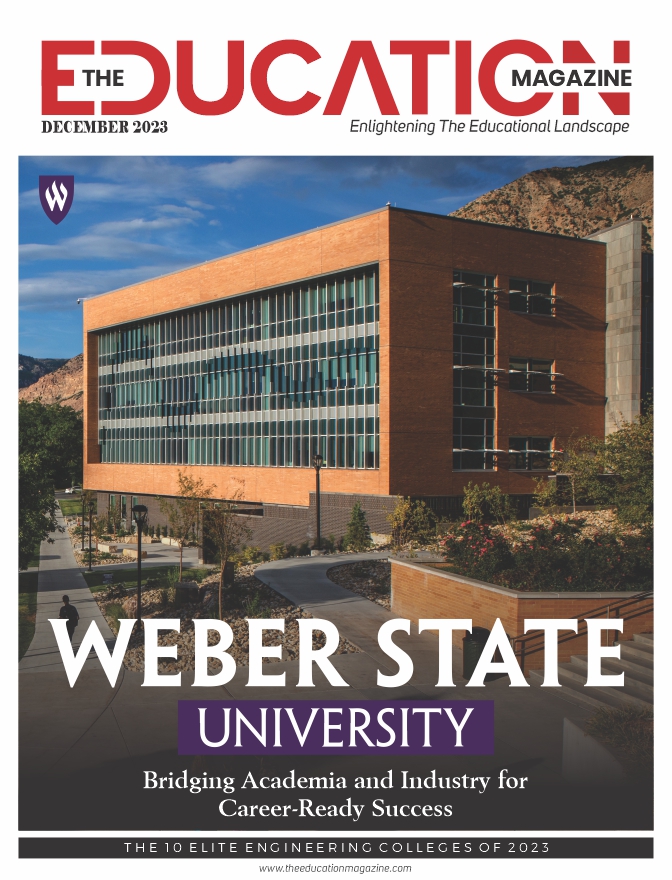One of the biggest transitions students will make during their academic career is going from high school math to university math.
This transition can be difficult and intimidating because of the increased complexity of the topics covered in university math courses. The best math tutors Melbourne will tell you that this transition requires a great deal of dedication and hard work.
In this article, we will take a look at the key differences between high school math and university math
Classroom Structure
In high school, the classroom structure is typically teacher-centered, with a strong focus on guided learning. Lessons are often structured and paced to accommodate the entire class, with regular assignments designed to reinforce concepts. Teachers frequently review previously covered material to ensure retention.
In contrast, university math classes often employ a lecture-based, student-centered teaching methodology.
Professors typically deliver lectures to much larger groups, leaving students with the responsibility to absorb and understand the material independently. Regular, structured assignments may be replaced with more complex, less frequent tasks that require a thorough understanding of the concepts.
The pace in university is generally faster, and previously covered material is less likely to be reviewed in depth. This shift demands students to develop self-study habits, critical thinking, and problem-solving skills. Also, office hours or tutoring sessions further support this learning approach, offering a platform for students to clarify doubts and explore topics in detail.
Content Depth and Rigor
High school math usually provides a broad and generalized overview of many mathematical concepts. It is designed to create foundational understanding, covering a range of topics from algebra and geometry to basic calculus. You might recall your high school math teacher breaking down problems into simpler steps, making the complex concepts easier to grasp.
In contrast, university-level math delves deeper into each topic, exploring complex theories and abstract concepts that are often based on the principles you learned in high school.
For instance, while high school calculus might have introduced you to the concept of derivatives, university calculus will require you to prove why these derivations work. Remember, university math isn’t about memorizing formulas; it’s about understanding why those formulas exist and how to apply them in various contexts.
Evaluation Criteria
High school math assessments often focus on solving problems using established methods and algorithms. It’s about getting the ‘right answer.’ However, when you step into university, the evaluation criteria change significantly.
University math assessments frequently demand a higher level of critical thinking and justification. It’s not just about getting to the right answer anymore. It’s about demonstrating a comprehensive understanding of the underlying principles.
You may be asked to explain your steps, justify your assumptions, or even prove concepts. It encourages you to question, explore, and dive deeper into mathematical thought, unlike high school math, where the focus is primarily on computational skills.
Learning Resources
High school math predominantly uses textbooks as primary learning resources. You might remember your teacher assigning specific chapters or exercises for homework.
In university, however, you’ll discover a wider range of resources such as academic journals, research papers, online databases, and software like MATLAB or Mathematica. This encourages you to become an independent learner, capable of conducting your own research and learning from diverse sources.
Remember, transitioning from high school to university math can be a significant leap. But with the right mindset, a willingness to adapt, and a dedication to learning, you can overcome this challenge and excel in your mathematical journey.
Also Read: Scientists discover DNA-based chips to solve Complex Math Queries













